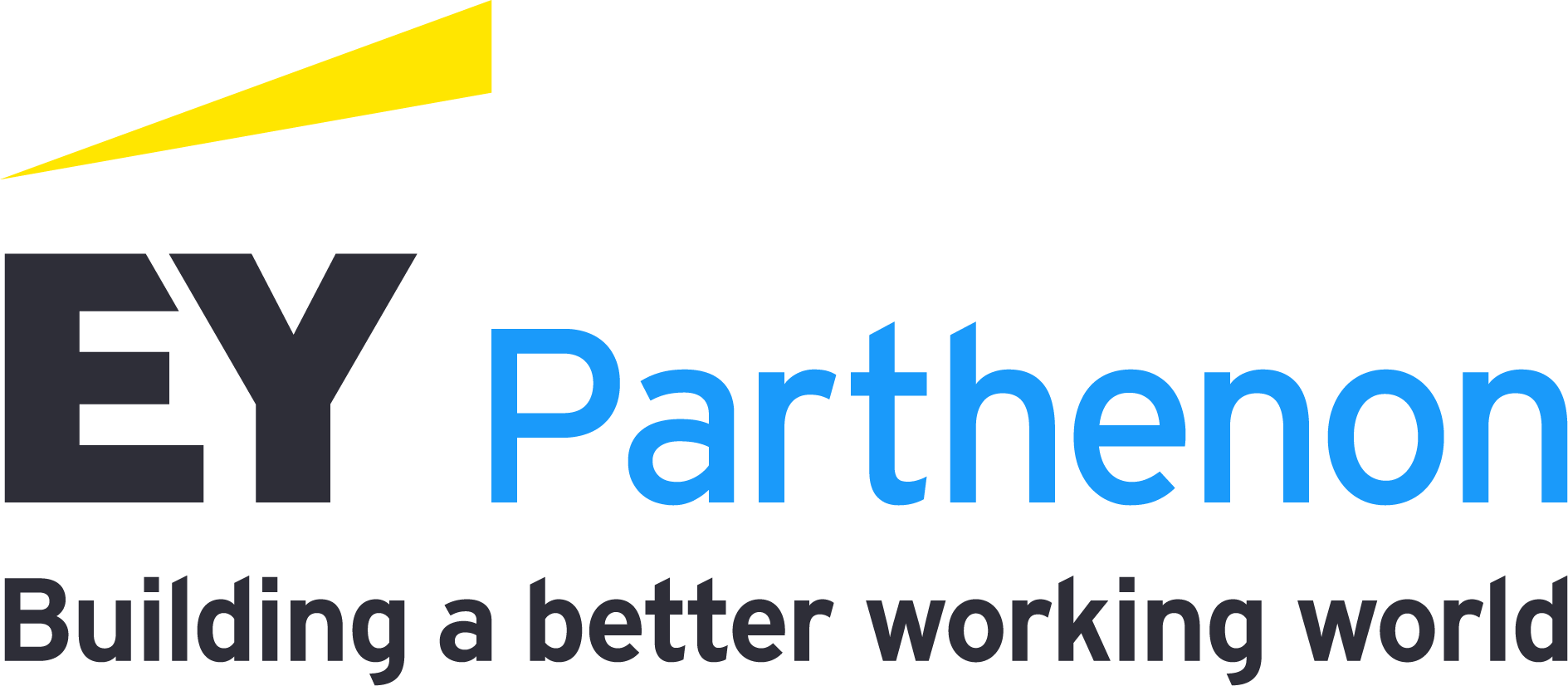Based on EY-Parthenon research, we have identified three “frontiers” of education technology adoption, with the impact on teaching and learning increasing with each:
Frontier 1 — Using technology as a substitute. As time passes and more technology is adopted, teachers are increasingly comfortable with, and more frequently use, digital tools in their classrooms and for planning processes. However, they largely just shift activities and materials from print to digital format.
Frontier 2 — Using technology to drive collaboration and efficiency. Teachers leverage technology to enhance their ability to collaborate with peers and make their planning, instruction and grading processes more efficient; while the teacher workflow is somewhat transformed, the student learning experience looks relatively the same.
Frontier 3 — Using technology to transform student learning. Rapid adoption does not necessarily drive significant changes in behavior or improvement in instructional practices, so our research aimed to explore what has changed — and what really hasn’t. During the fall of 2021, our team conducted more than 30 interviews and classroom observations and surveyed nearly 900 teachers. This report outlines seven key findings and highlights outstanding questions as the uncertainty of the pandemic lingers.
Among the key findings:
- Teachers are significantly more comfortable using more digital tools across planning, instruction and assessment as compared to pre-pandemic, and increasingly seek integrated, digital and data-rich products.
- Access to, and the use of, digital tools increased so quickly, and to such a large extent, that adoption was haphazard, lacked structure and resulted in a number of overlapping tools for educators.
- Many teachers have experienced significant gains in collaboration with peers thanks to the adoption and proliferation of digital planning tools in particular.
- Most teachers are not fully benefiting from efficiency available through digital tools beyond grading, and instead fit the tools within their existing workflows and processes.
- The increased emphasis on customization impedes potential efficiency gains from full-suite or closed-loop technology systems.
- The increased use of technology in classrooms is often impeded by both student behavior and the suitability of technology for certain learning experiences. Notably, infrastructure is no longer frequently cited as an implementation barrier.
- The proliferation of digital may have led to a more student-centered and individualized learning experience, though questions remain about how to best meet student needs and appropriately balance learning time for students after a year or more of learning outside of a classroom.
For more information, download the full report.
Kate Pinto and Kelly A. O’Keefe contributed to this article.





